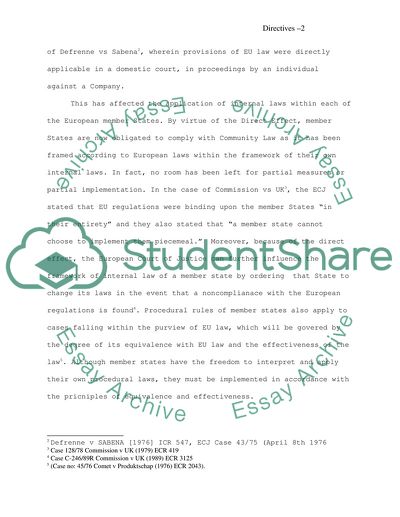Cite this document
(“The Effect of Direct Effect on Directives Essay”, n.d.)
The Effect of Direct Effect on Directives Essay. Retrieved from https://studentshare.org/miscellaneous/1535375-the-effect-of-direct-effect-on-directives
The Effect of Direct Effect on Directives Essay. Retrieved from https://studentshare.org/miscellaneous/1535375-the-effect-of-direct-effect-on-directives
(The Effect of Direct Effect on Directives Essay)
The Effect of Direct Effect on Directives Essay. https://studentshare.org/miscellaneous/1535375-the-effect-of-direct-effect-on-directives.
The Effect of Direct Effect on Directives Essay. https://studentshare.org/miscellaneous/1535375-the-effect-of-direct-effect-on-directives.
“The Effect of Direct Effect on Directives Essay”, n.d. https://studentshare.org/miscellaneous/1535375-the-effect-of-direct-effect-on-directives.


